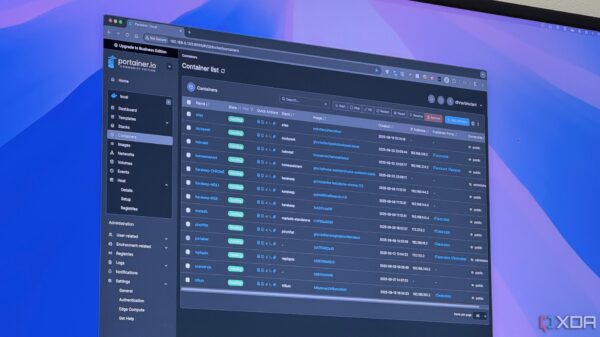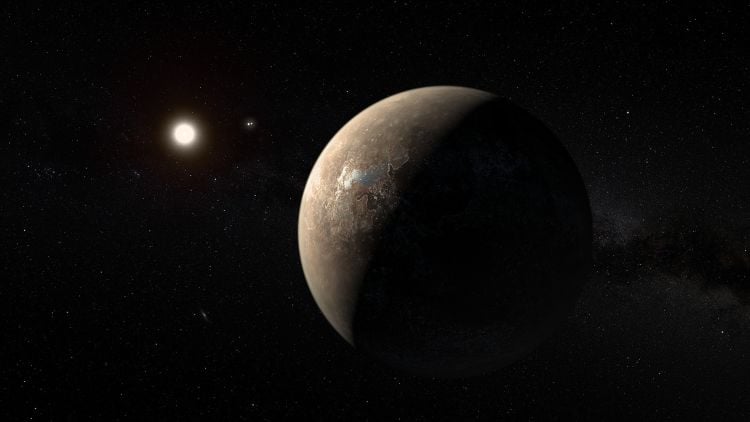A recent study published in Astronomy & Astrophysics focuses on innovative methods to help astronomers differentiate the light from an exoplanet and its host star. The research proposes a new telescopic instrument, known as RISTRETTO, which could significantly enhance the analysis of exoplanet atmospheres. An international team of researchers examined how RISTRETTO, designed for the European Southern Observatory’s (ESO) Very Large Telescope (VLT), could be used to study the atmosphere of Proxima b, the closest exoplanet to Earth.
Proxima b is located approximately 4.2 light-years from Earth and orbits the star Proxima Centauri, part of the triple-star system known as Alpha Centauri. The planet is situated within its star’s habitable zone and is estimated to be slightly more massive than Earth. However, its atmosphere remains poorly understood, presenting RISTRETTO with a unique opportunity to explore its atmospheric characteristics and assess its potential for supporting life.
The researchers utilized computer models to create simulations that mimicked real-world observations of Proxima b. They aimed to isolate the planet’s light from that of its host star. The findings revealed that RISTRETTO could potentially distinguish Proxima b from Proxima Centauri, requiring only 55 hours of observation time for this detection. Moreover, it could identify signs of oxygen and water in the planet’s atmosphere within 85 hours of observation.
Groundbreaking Methodology for Exoplanet Research
The study emphasizes that the methodologies developed could lay the groundwork for future exoplanet research using ground-based telescopes. As the researchers state, “This work provides a foundational methodology for detecting and characterizing exoplanets in reflected light around nearby stars with ground-based telescopes.” The insights gained from RISTRETTO’s design and data analysis techniques could inform the development of next-generation instruments, such as the Extremely Large Telescope- ArmazoNes high Dispersion Echelle Spectrograph (ELT-ANDES) and the Extremely Large Telescope-Planetary Camera and Spectrograph (ELT-PCS).
Since its discovery in August 2016, Proxima b has intrigued scientists due to its proximity and potential habitability. While it orbits its star every 11 days, extreme solar activity observed from Proxima Centauri raises concerns about the possibility of the planet maintaining a stable atmosphere. This solar activity could strip Proxima b of its atmosphere, complicating the search for life-sustaining conditions.
Aside from Proxima b, the Alpha Centauri system includes other exoplanets such as Proxima c and Proxima d. The existence of Proxima c is currently under debate, while Proxima d is estimated to orbit near the interior edge of the habitable zone, akin to Venus’s position in our solar system.
The Future of Exoplanet Exploration
As research on RISTRETTO continues, it has the potential to transform our understanding of exoplanets and their atmospheres. While the current study highlights RISTRETTO’s capabilities, earlier studies in 2020 and 2022 have also pointed to its revolutionary implications for exoplanetary science, including its potential applications in studying distant planets and icy moons within our solar system.
The future of exoplanet exploration depends on innovative tools like RISTRETTO, which could provide vital insights into the conditions that may support life beyond Earth. As researchers continue to refine their methods, the quest to understand distant worlds remains as compelling as ever.







































































